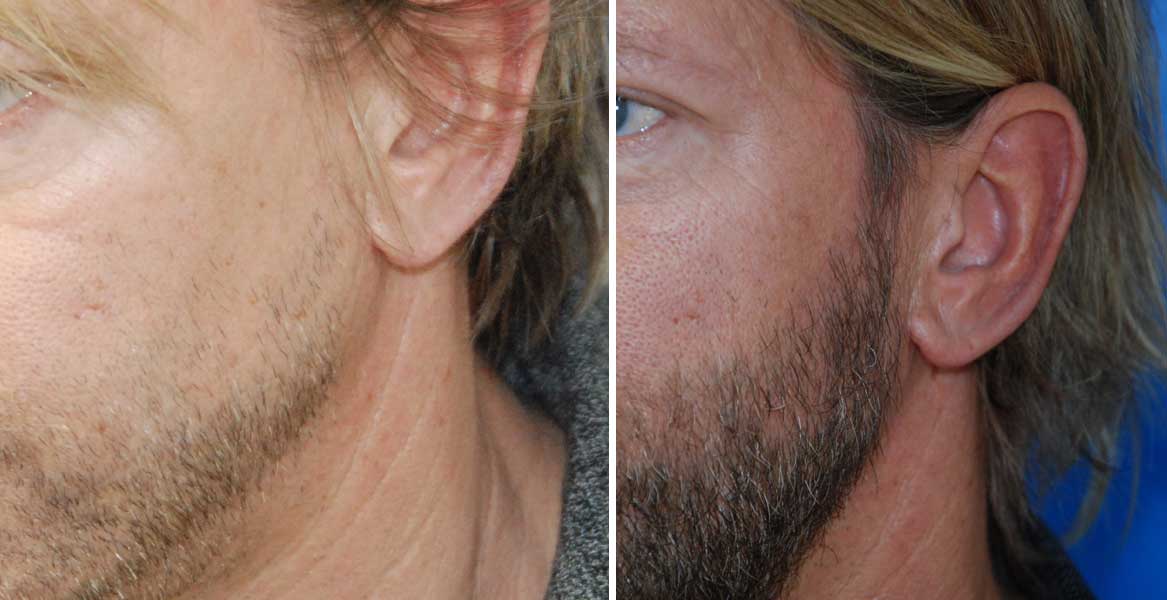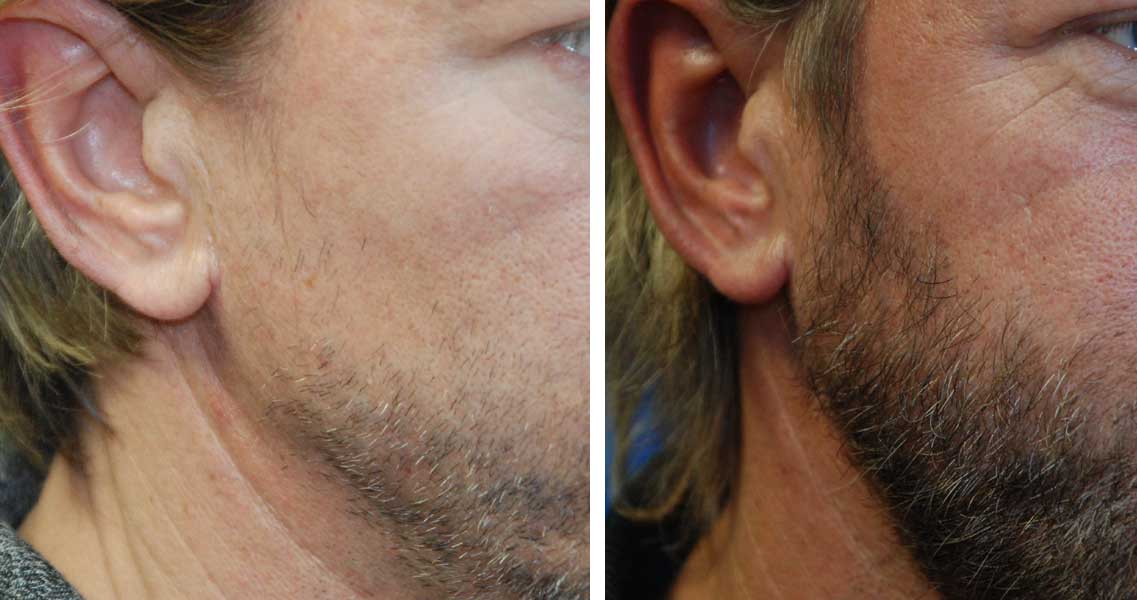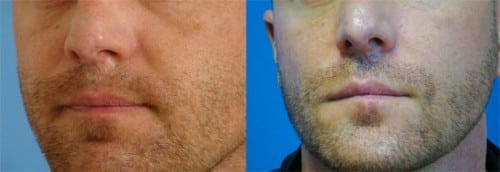Growing Popularity of Beards Increases Interest in Facial Hair Transplantation
Hair restoration is not just for the scalp these days. The growing popularity of beards and mustaches has made facial hair transplants a more common procedure. Dr. Scott Boden, a hair transplant surgeon with the Hair Restoration and Aesthetic Medicine Center of Connecticut, has seen a steady rise in facial hair transplantation and has become a regular consultation request among his patients.
“Facial hair transplantation is a fairly new procedure in the field of hair restoration thanks to technical advances in medicine,” said Dr. Boden. “While this procedure was once a rarity, the popularity of beards has increased interest tremendously in my practice. About 10 percent of my consultations each week are related to facial hair.”
Dr. Boden says, “Individuals seek eyebrow transplantation when they have lost their eyebrows due to medical illness, over-plucking, injury, or genetics. Restoring the proper ‘frame for the eyes’ is critical to achieving facial balance. Likewise, for a man with a sparse mustache or beard, or loss of hair due to injury, facial hair restoration can make a huge difference in improving an individual’s self-image.”
Typically, hair is carefully removed from the permanent growing areas in the back or sides of the head and then transplanted one by one into areas of hair loss, where it will “take root” and continue to grow for a lifetime. Transplanting longer, finer hair allows the surgeon to see how the hair will lie on the face and ensures the desired look. Permanent hairs from under the chin can also be transplanted to other areas on the face, including the mustache or eyebrow.
 While genetics play the major role in facial hair growth, accidents and scarring can also contribute.
While genetics play the major role in facial hair growth, accidents and scarring can also contribute.
“I had a patient who was in a severe car crash that left him with a large scar below his nose. This scar prevented hair from growing and served as a daily reminder of the accident,” said Dr. Boden. “I was able to extract individual hairs from the beard area and transplant the follicles in the scarred area of his mustache. The texture and color of the beard resemble the mustache hair and the patient’s scar is now concealed with living, growing hair.”



 While genetics play the major role in facial hair growth, accidents and scarring can also contribute.
While genetics play the major role in facial hair growth, accidents and scarring can also contribute.